“There is no joy more intense than that of coming upon a fact that cannot be understood in terms of currently accepted ideas."
Astronomer Cecilia Payne-Gaposchkin was born #OTD in 1900. She used quantum mechanics to decode the spectral lines of stars and deduce their elemental composition, concluding they are mostly H and He, and was the first woman to be made full professor and department chair at Harvard.
Image: Harvard Observatory
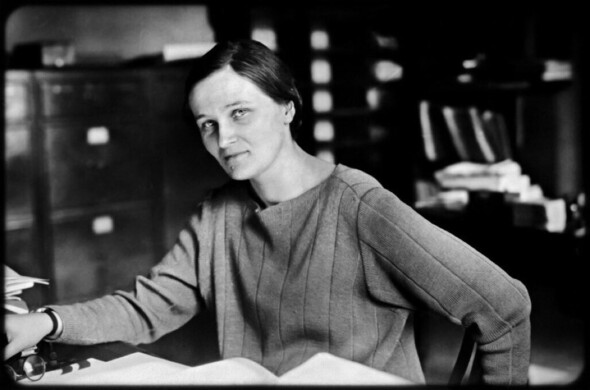
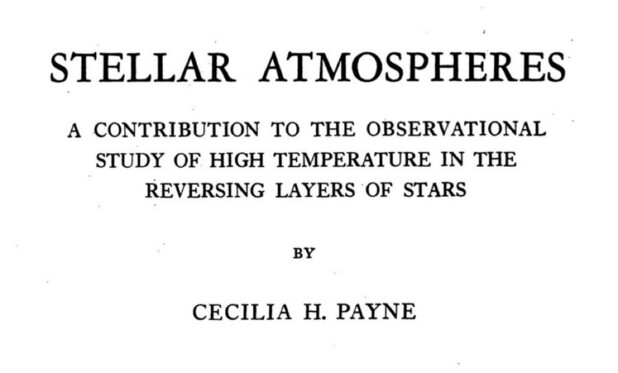

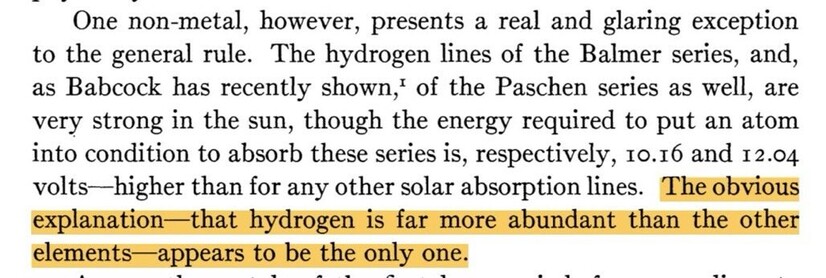
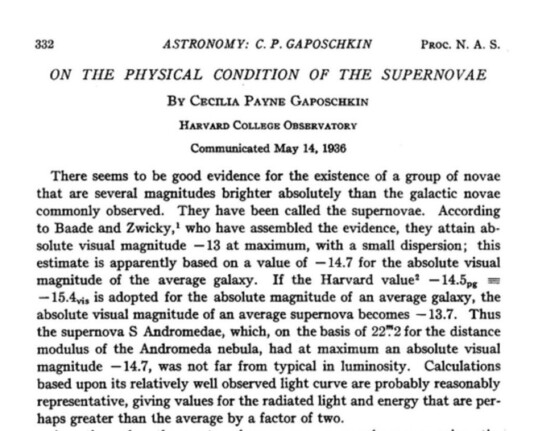

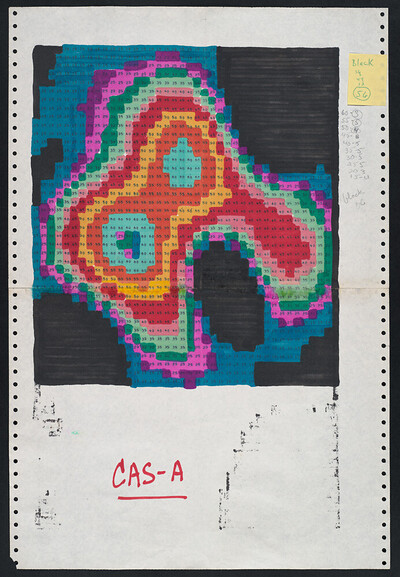

 )
)